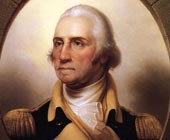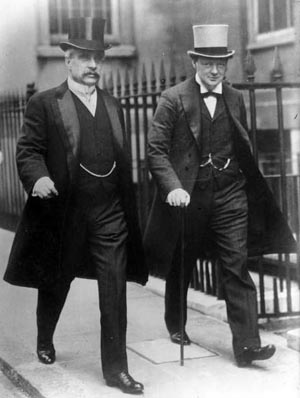 Excerpt from the talk, “Representative Characters:Our Hope for Reestablishing Order in Society” given by Michael Whitcraft at the 2013 TFP National Conference on October 27, 2013
Excerpt from the talk, “Representative Characters:Our Hope for Reestablishing Order in Society” given by Michael Whitcraft at the 2013 TFP National Conference on October 27, 2013
Where these things are best symbolized is in people. When a person truly embodies these virtues, ideals and principles, he becomes a man-symbol who represents society’s best aspects. He becomes a true representative character. His person shows how these abstract things can become a concrete reality. Oftentimes, they fulfill this task so well that they come to symbolize entire historic eras.
Echoing these ideas, Robert Bellah et al., wrote:
 “Representative characters are not abstract ideals or faceless social roles, but are realized in the lives of those individuals who succeed more or less in fusing their individual personalities with the public requirements of those roles. It is this living reenactment that gives cultural ideals their power to organize life. Representative characters thus demarcate specific societies and historical eras.”
“Representative characters are not abstract ideals or faceless social roles, but are realized in the lives of those individuals who succeed more or less in fusing their individual personalities with the public requirements of those roles. It is this living reenactment that gives cultural ideals their power to organize life. Representative characters thus demarcate specific societies and historical eras.”
For society to truly profit from these representative characters, they must be spread all throughout society. Every social level, profession and family should have those extraordinary figures whose lives, and even whose remembrance, pushes everybody up.
Certainly when a pope, king or general truly fulfills his role as representative character, his image has a much greater projection and he can influence a larger number of people, but role models are needed at every level.
 Peasants and paupers need to be able to identify with those representative characters that embody the principles proper to their stations in life too.
Peasants and paupers need to be able to identify with those representative characters that embody the principles proper to their stations in life too.


